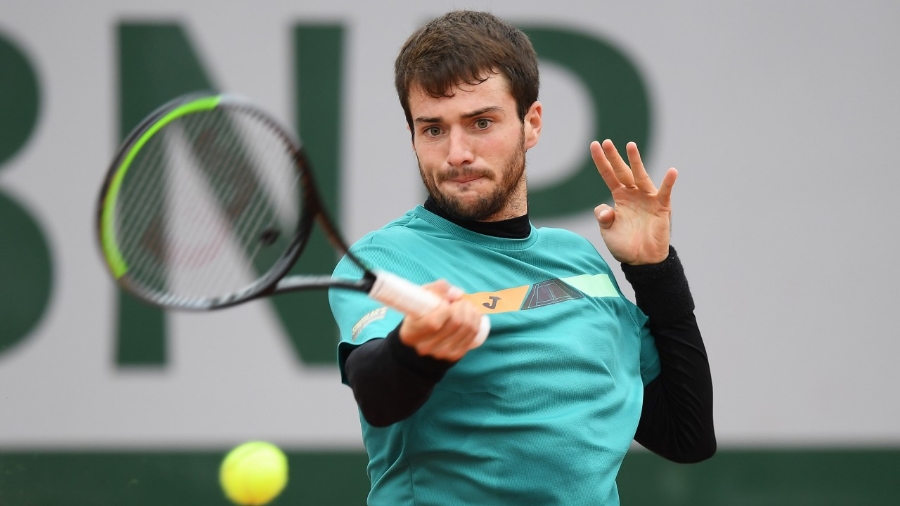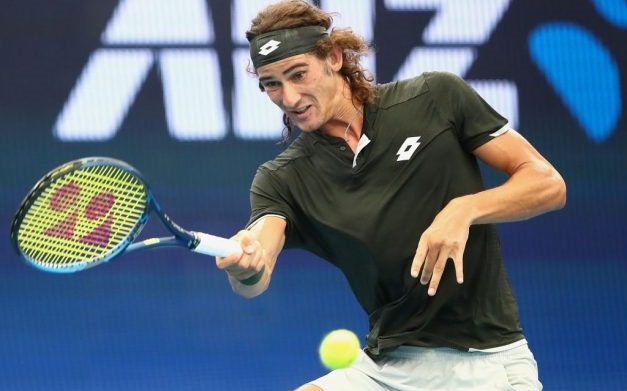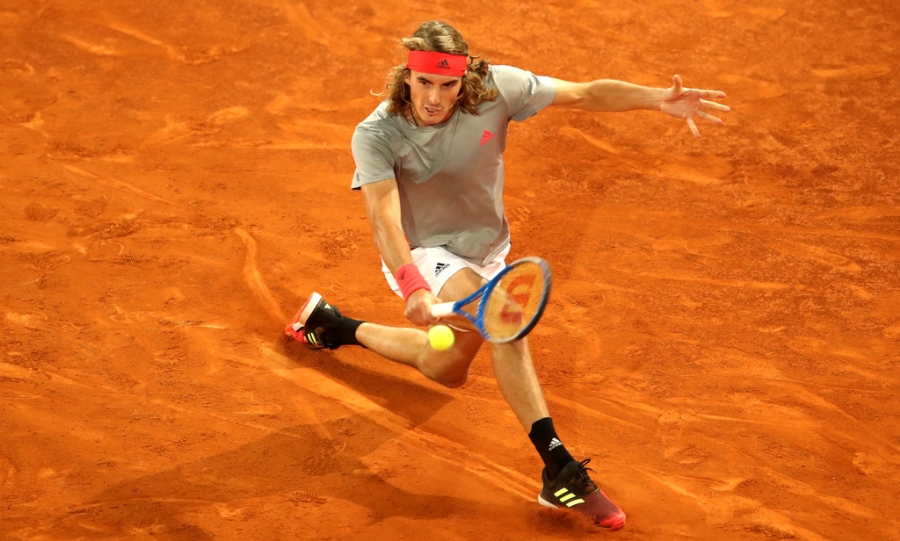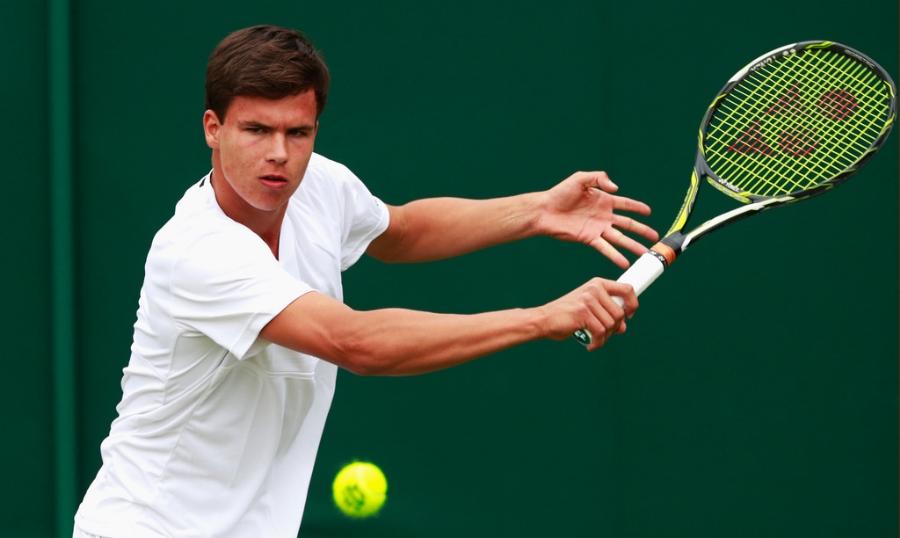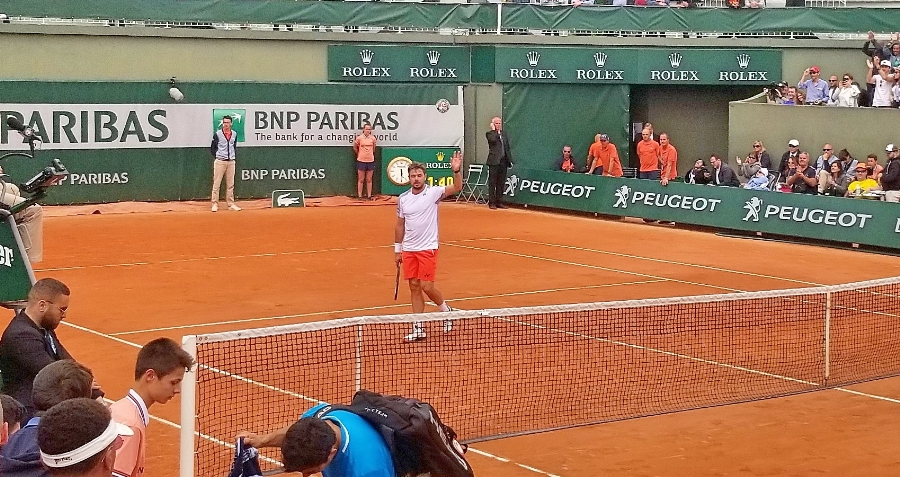In 2015, as the US Open came to an end, I randomly thought it would be fun to try to guess who would be the number 1 and 2 players in men and women four years in the future. The result was a simple update post on this blog with the idea and asking readers to come up with their guesses. I was not even sure my blog would still be alive in 2019, but just in case, why not have some fun, right? Well, it turned out that it was fun, and eye-opening, indeed. Here is the wrap-up post of that initial edition posted here in 2019 and it basically acts as exhibit A for showing how hard it is to forecast the development of talent in the world of professional tennis.
In that same wrap-up post in 2019, I also asked readers and followers to guess, again, who would be number 1 and 2 in men and women four years from that date, which brings us to today. Although the number of people who sent in their forecasts more than doubled, hardly anyone in this second edition fared better than the ones in the first.
One person — @muzafferacik — astonishingly picked three out of the four names four years ahead of time! He had the women in reverse position (Swiatek as number one, Sabalenka as number two), which would have been correct during the US Open, but not as of the Monday rankings following the Open, which is the week in question for the purposes of this fun contest. He correctly had Novak DJokovic as number one on the men’s side. His only miss was Dominic Thiem as number two, which was not an unreasonable pick back in the fall of 2019.
What is more surprising is how little Swiatek’s name was mentioned in 2019 as a possible top 2 player in 2023. Outside of Muzaffer, only two other entrants — @enricomariariva and @elzorres9 — trusted Swiatek enough to include her in their guesses, both correctly putting her at number two. Enrico also had Coco Gauff at number one, not a bad pick in fairness.
One person — @k1ngkkyrgioss — guessed both number ones correctly. Several people accurately had DJokovic as the number one player but did not have any of the other three names. Zero was the number of times Carlos Alcaraz’s name came up, not a surprise considering that he was 16 years old and outside the ATP top 1000 at the time. Serena Williams and Roger Federer were each mentioned by three entrants, Nadal by 13. Karolina Pliskova who was the number two WTA player at the time was mentioned only once!
Recency bias was the big winner of the second edition as Bianca Andreescu was mentioned by a record 56 entrants as a possible number 1 or 2 WTA player today. Remember that she was the center of the tennis universe at the time, having just won the US Open title after a spectacular performance in the final vs. Serena Williams. Naomi Osaka was next with 37 mentions, followed by Dominic Thiem with 30, and everyone else below 20.
All right! Let’s move on with the third edition!
As of Monday following the US Open 2023, the top 2 players in the world in men and women are as follows:
1) Novak Djokovic – 2) Carlos Alcaraz
1) Aryna Sabalenka – 2) Iga Swiatek
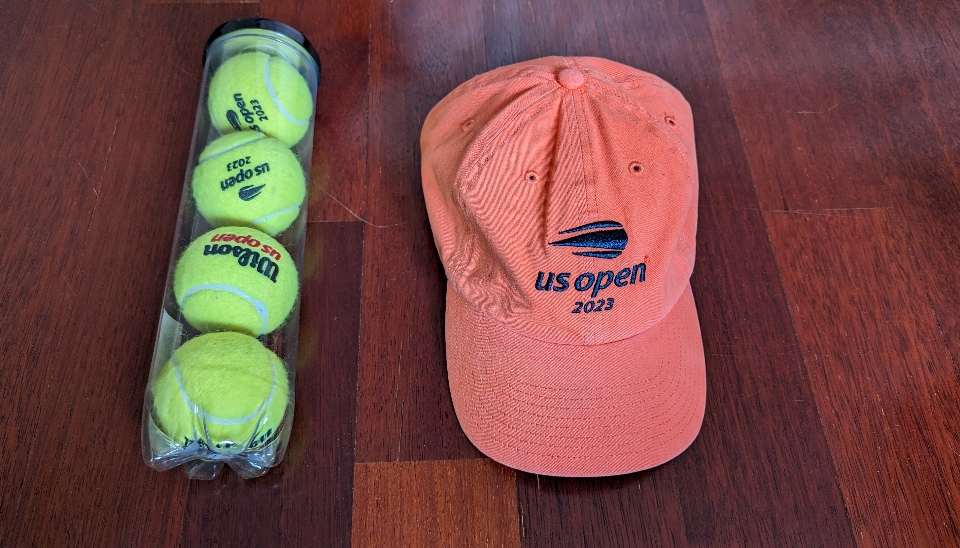
And now… Who are your picks for no. 1 and 2 in men’s and women’s rankings four years from now, in 2027, at the end of the U.S. Open?
**Deadline Passed** – See you in 4 years!
Click here to follow Mertov’s Tennis Desk on Twitter
List of brave souls and their picks, starting with mine 🙂
Mert – @mertovstdesk
WTA: (1) Iga Swiatek (2) Qinwen Zheng
ATP: (1) Carlos Alcaraz (2) Jannik Sinner
Alex – @TheAlexBancila
WTA: (1) Swiatek (2) Rybakina
ATP: (1) Alcaraz (2) Rune
Mesut – @luinir
WTA: (1) Gauff (2) Swiatek
ATP: (1) Alcaraz (2) Rune
B. – @milanobelediye
WTA: (1) Swiatek (2) Raducanu
ATP: (1) Alcaraz (2) Djokovic
Casey – @NoleLisickiFam
WTA: (1) Gauff (2) Swiatek
ATP: (1) Djokovic (2) Alcaraz
Stephen – @StephenR77
WTA: (1) Swiatek (2) Gauff
ATP: (1) Alcaraz (2) Rune
Genevieve – @gena19newman
WTA: (1) Gauff (2) Mirra Andreeva
ATP: (1) Alcaraz (2) Sinner
Muzaffer – @MuzafferAcik
WTA: (1) Qinwen Zheng (2) Mirra Andreeva
ATP: (1) Alcaraz (2) Sinner
@turtac4
WTA: (1) M. Andreeva (2) L. Fruhvirtova
ATP: (1) Alcaraz (2) B. Shelton
@DuckDaBlackSwan
WTA: (1) Qinwen Zheng (2) Hannah Klugman
ATP: (1) Alcaraz (2) Jacub Mensik
Susie – @pandsreid
WTA: (1) Swiatek (2) Gauff
ATP: (1) Alcaraz (2) Rune
Damian – @damiankust
WTA: (1) Swiatek (2) Mirra(?) Andreeva
ATP: (1) Alcaraz (2) Rune
Henry – @henrybreadstick
WTA: (1) Kenin (2) Andreescu
ATP: (1) Djokovic (2) Learner Tien
Bird – @brendanparnell
WTA: (1) Linda Noskova (2) Coco Gauff
ATP: (1) Ben Shelton (2) Carlos Alcaraz
@ostaplosion
WTA: (1) Ostapenko (2) Xinyu Wang
ATP: (1) Stricker (2) Rune
@BigBods1
WTA: (1) Gauff (2) Hannah Klugman
ATP: (1): Rune (2) Alcaraz
Caro – @WaveElusive
WTA: (1) Swiatek (2) Vondrousova
ATP: (1) Arthur Fils (2) Shang Juncheng
Nadir – @Ndr_Nadir_
WTA: (1) B. Fruhvirtova (2) M. Andreeva
ATP: (1) Alcaraz (2) Arthur Fils
Ceyda – @ceyocar
WTA: (1) Gauff (2) Swiatek
ATP: (1) Alcaraz (2) Shelton
Nihad – @jestemnihad
WTA: (1) P. Kudermetova (2) Gauff
ATP: (1) Alcaraz (2) Sinner
Saqib – @saqiba
WTA: (1) Gauff (2) M. Andreeva
ATP: (1) Rune (2) Alcaraz
Owen – @tennisnation
WTA: (1) Swiatek (2) Gauff
ATP: (1) Alcaraz (2) Djokovic
Tayfun – @kazimkazim00
WTA: (1) Swiatek – (2) Gauff
ATP: (1) Medvedev – (2) Alcaraz
Eda – @edatalkstennis
Wta : (1) Coco Gauff (2) Iga Swiatek
Atp : (1) Carlos Alcaraz (2) Ben Shelton
Koray Alp
WTA: (1) Gauff (2) Swiatek
ATP: (1) Alcaraz (2) Medvedev
@tenisnot
WTA: (1) Swiatek (2) Sabalenka
ATP: (1) Alcaraz (2) Auger-Aliassime
Onur – @onurakmeric
WTA: (1) Gauff (2) M. Andreeva
ATP: (1) Medvedev (2) Alcaraz
Alp – @alptarhan
WTA: (1) Swiatek (2) Gauff
ATP: (1) Alcaraz (2) Zverev
Mert – @mertonat1905
WTA: (1) Swiatek (2) Sabalenka
ATP: (1) Alcaraz (2) Zverev
Suvar – @suvaraslan
WTA: (1) Gauff (2) Swiatek
ATP: (1) Djokovic (2) Alcaraz
Gokalp – @gokotaskes
WTA: (1) Swiatek (2) Korneeva
ATP: (1) Alcaraz (2) Korda
Zekican – @zekicansamli
WTA: (1) Swiatek (2) M. Andreeva
ATP: (1) Alcaraz (2) Medvedev
@Sagarerr
WTA: (1) M. Andreeva (2) L. Fruhvirtova
ATP: (1) Sinner (2) Fils
@isitanb147
WTA: (1) Osaka (2) Swiatek
ATP: (1) Alcaraz (2) Zverev
@ozununhavasi
WTA: (1) Gauff (2) Swiatek
ATP: (1) Alcaraz (2) Medvedev
Dogukan – @dogukandilber
WTA: (1) M. Andreeva (2) Gauff
ATP: (1) Alcaraz (2) Shelton
@1verkehrsunfall
WTA: (1) Swiatek (2) Sabalenka
ATP: (1) Alcaraz (2) Medvedev
Mohamed – @M_asr_10
WTA: (1) Gauff (2) M. Andreeva
ATP: (1) Alcaraz (2) Joao Fonseca
Gorkem
WTA: (1) M. Andreeva (2) Swiatek
ATP: (1) Rune (2) Alcaraz
Suhaib
WTA: (1) Swiatek (2) L. Noskova
ATP: (1) J. Fonseca (2) Alcaraz
Walker – @rafolejean
WTA: (1) Swiatek (2) M. Andreeva
ATP: (1) Sinner (2) Alcaraz
Berkem – @CaglayanBerkem
WTA: (1) M. Andreeva (2) L. Noskova
ATP: (1) G. Debru (2) D. Prismic
Anil – @herbiseey
WTA: (1) Q. Zheng (2) Z. Sonmez
ATP: (1) Alcaraz (2) Djokovic
Chris – @TheFanChild
WTA: (1) Swiatek (2) Gauff
ATP: (1) Alcaraz (2) Sinner
@payitomio
WTA: (1) M. Andreeva (2) A. Korneeva
ATP: (1) Alcaraz (2) D. Prizmic
Oguzhan
WTA: (1) Swiatek (2) Andreescu
ATP: (1) Alcaraz (2) Medvedev
Carlos – @TheMagician5GS
WTA: (1) Swiatek (2) A. Korneeva
ATP: (1) Alcaraz (2) A. Fils
@SahbazTips
WTA: (1) Rybakina (2) Gauff
ATP: (1) Alcaraz (2) Medvedev
Baris – @BarisTurkoz
WTA: (1) B. Fruhvirtova (2) Muchova
ATP: (1) Alcaraz (2) Stricker

